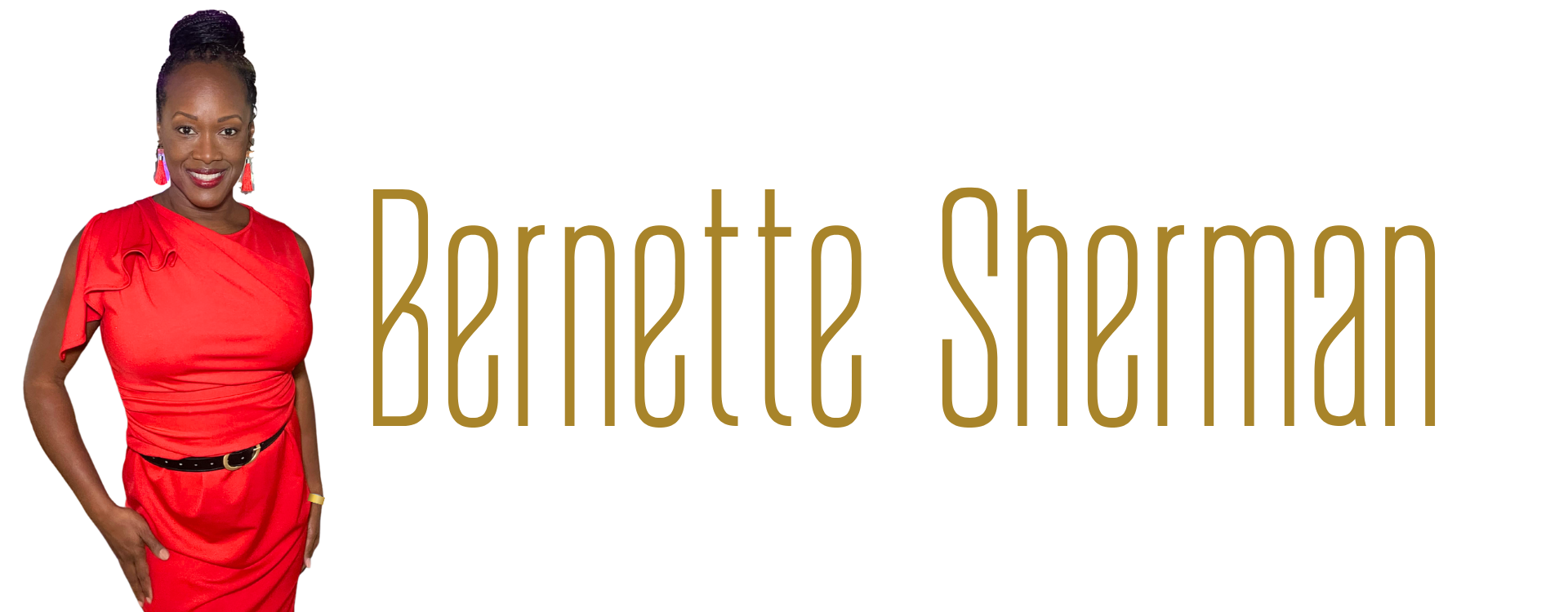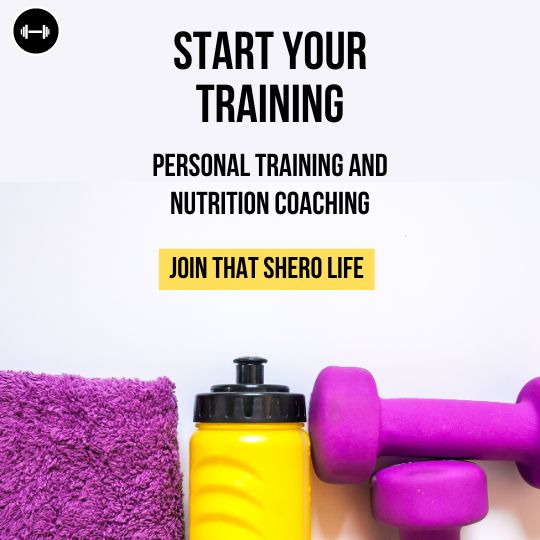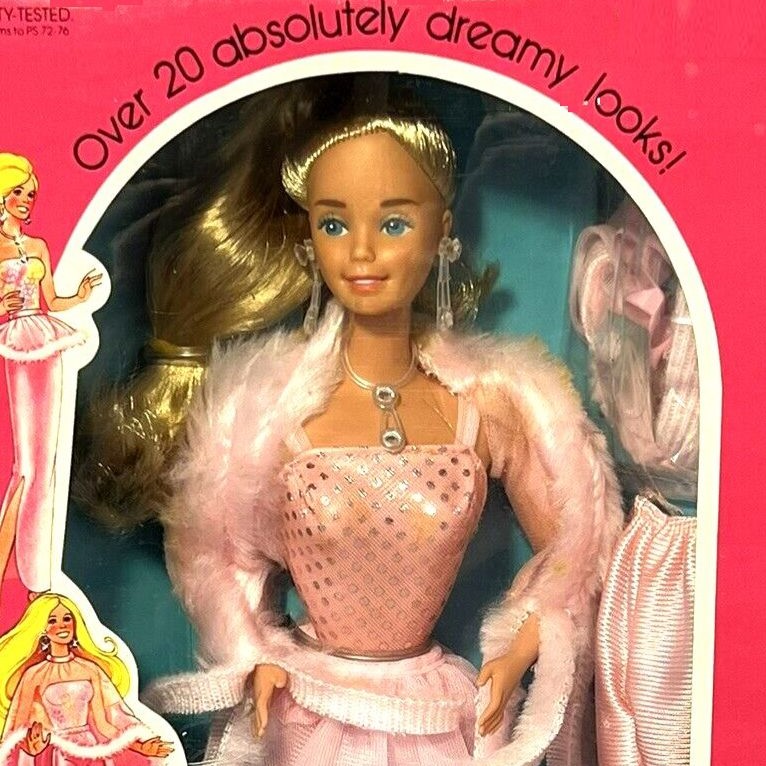
Hey Sheroes, Let’s Eat Heart Smart!
Let’s talk hearts, ladies! As we move through our forties, fifties and beyond, taking care of our amazing bodies becomes even more important. This means paying attention to our nutrition and cardiovascular health.
Why are Nutrition and Cardiovascular Health Important?
Good question. It’s because heart disease is the number 1 killer of women in the United States. Yeah, you read that right. According to the CDC 44% of women are living with heart disease and it will be the cause of death for 1 in 5 American women. That’s nothing to play with!
So if you’re blood pressure has been high and you’ve been experiencing any of these symptoms (from CDC) go get checked out.
- Angina— a dull or heavy chest discomfort or ache.
- Pain in the neck, jaw, or throat
- Pain in the upper abdomen or back
Unfortunately, not every woman is going to have symptoms so pay attention to how you’re feeling and don’t ignore the possible symptoms of nausea, vomiting, and a tiredness that just won’t quit. These are also possible symptoms that you might easily write off as something else.
High blood pressure is a major risk factor for heart disease so getting it under control before it reaches the level of heart disease or a heart attack is key. Prevention, sheroes. Prevention.
For me, it’s personal. At the time of this writing I have a friend in her 50s who has yet to recover from a heart condition. Additionally, before I started my wellness journey and decided to get back into better physical health I was experiencing hypertension and pre-hypertension. This means that my blood pressure had reached 140 (systolic)/90 (diastolic) on multiple occasions. Most often it was over 140 (hypertension) and between 80 to 89 (prehypertension). (Here’s a simple explanation for understanding those two numbers). It wasn’t changing on its own and while I didn’t want to alarm my family, inside my head the bells were going off. I needed to do something!
As part of my wellness journey I focused on increasing my physical activity and improving my diet – both what I ate and how much. I’m sure I’ll talk about movement and stress in other posts, but this one is about food because you’re going to eat to live and it’s a great place to start.
So let’s put on our capes and get into it.
As you know, how we eat and our diet isn’t just about fitting into that cute dress or those jeans, but it’s real nice benefit and confidence boost! Food is about giving our cardiovascular system the fuel it needs to function well and perform efficiently (so we can). If you’ve been fad dieting and following trends, it’s time to get back to basics that will support you and keep your heart healthy for the long haul.

First things first, let’s tackle some nutrition villains:
I don’t like to label any food as bad because some things have their places and can be had in small amounts but some things are really villainous threats to our bodies, especially when they sneak in. Here are a few sneaky threats.
- Saturated and Trans Fats: These clog up our arteries like rush hour traffic, making it harder for blood to pump freely. Think fried foods, processed meats, and baked goods heavy on butter or shortening. If you swap them for leaner protein sources like grilled chicken or fish, and healthy fats like avocado or olive oil you’ll free up your internal highways.
- Added Sugars: They may taste like happiness, but too much added sugar can lead to weight gain, inflammation, and even raise our risk of type 2 diabetes – all things that put a strain on our hearts. In the United States we have to be extra careful, reading labels thoroughly because food producers sneak sugar into many foods you wouldn’t even expect. I like the sweet treats too, but it’s easier to manage when you know you are intentionally eating a dessert or piece of candy. It’s the sugary drinks, processed snacks, and added sugars in everyday foods we need to look out for. When possible choose naturally sweet fruits and foods without added sugar. If you want to add some, you can add a modest amount.
- Sodium Overload: Think puffy eyes after a salty meal? That’s because sodium makes us retain water, which can increase blood pressure and stress our hearts. This is one of those sneaky villains hanging out at our favorite restaurants, slithering into snacks and canned foods, and generally being a pest. What can you do? Read your food labels for the serving size and how much added sodium there is per serving. Serving size is another trick played. You can also minimize how much processed foods you eat and pay close attention to where there might be hidden sodium culprits (looking at you, salad dressings!). Try seasoning your food with herbs and spices for a flavor fiesta and use salt to bring out those flavors rather than being the base.
Now, where are those heart-healthy sheroes?
- Fruits and Veggies: Packed with vitamins, minerals, and antioxidants, these colorful powerhouses are like a supershero squad for your heart. You can aim for a rainbow on your plate – think leafy greens, berries, citrus fruits, and don’t forget those heart-shaped tomatoes! Or think about your rainbow fruits and veggies through the week. Can you make sure you get every color in within a week?
- Fiber Fantastic: Women need about 25 grams of fiber every day and most of us don’t get it. Fiber has great benefits like helping us feel full longer, helping to regulate blood sugar, and fiber even helps lower cholesterol. Whole grains like brown rice and quinoa, legumes (hello, beans and lentils!), and fruits with skin are all fiber superstars. If you’re like me and beans and lentils send your family running, try a teaspoon of apple cider vinegar and water after eating them or if you don’t mind the flavor throw some apple cider vinegar in when cooking. Rinsing beans thoroughly can also help with the bloating and gas.
- Healthy Fats: Fats have gotten a bad rep. I mean yeah they have 9 calories per gram compared to 4 for proteins and carbs, but it just means you need less, not none. Your body will not work right without them. They really are allies! Unsaturated fats like those found in avocados, nuts, and olive oil can actually help lower bad cholesterol and keep our hearts healthy. Think of them as the bodyguards protecting our arteries. Knowing how much to eat is the key. Because they are calorie dense you only need about a thumb-sized serving with certain meals or as part of snacks.
Bonus Tip: Don’t forget to stay hydrated! Water carries away waste and helps maintain healthy blood pressure, so keep a reusable water bottle by your side and sip throughout the day.
Shero, you can own your nutrition and cardiovascular health!
Making small, sustainable changes to your diet is key. It’s not about deprivation – it’s about fueling your body with delicious and heart-healthy options. You have the power over your nutrition and cardiovascular health when you make smart changes. If you already have heart disease seek professional help. You may also want to talk to your doctor or a registered dietitian for personalized guidance if your needs are more serious. My clients get a personalized meal guide (not a meal plan) to help them in making healthier decisions because there are so many choices and just as much confusion.
In the meantime, let’s celebrate strong hearts, healthy bodies, and feeling fabulous in our forties, fifties and beyond!
Now go forth, sheroes, and own your day with a heart full of health and happiness!
P.S. Share your favorite heart-healthy recipes in the comments – let’s inspire each other!



